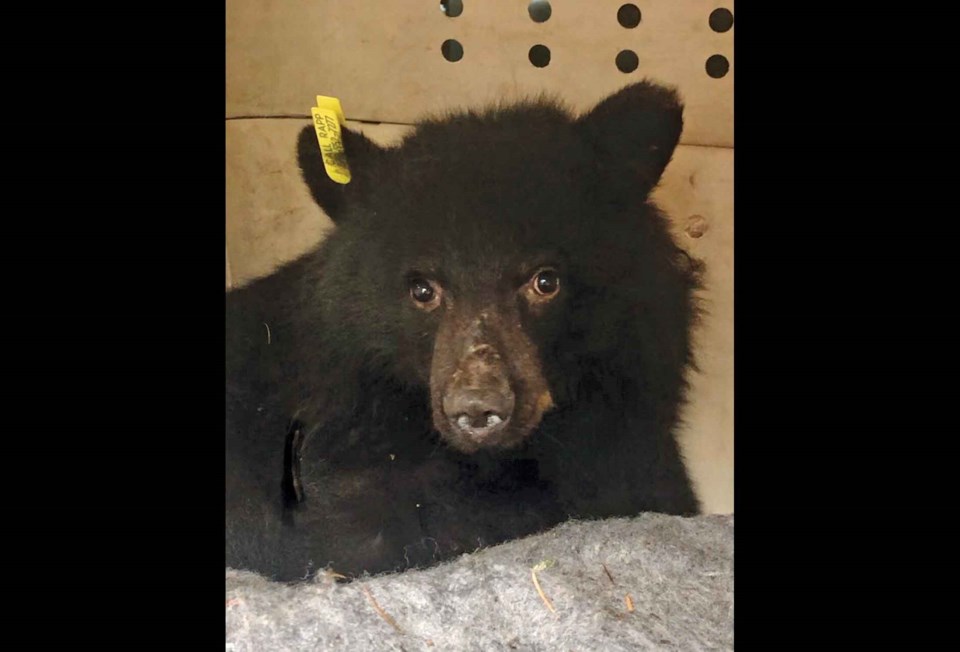In the early hours of July 7, the Sunshine Coast’s beloved orphan black bear, Sakinaw, became the last of 13 B.C. bears to be released back into the wild by Critter Care Wildlife Society this year.
A release day typically starts at 4 a.m. with cleaning and preparing the bears. Once sedated, a vet weighs them, assesses the condition of their body and teeth — a top to tail check.
Then the journey home begins. While the society does not give precise locations of the releases, each animal is returned to the general region they were found.
The Langley-based society helped nurture the young creatures back to health after they were each found orphaned in 2021 and 2022 in different parts of the province. Five of the cubs were from the Sunshine Coast, including a pair of siblings (Onyx and Evangeline) and Sakinaw.
Sakinaw in particular captured the hearts of many in the Pender Harbour area, as humans came together to track down the orphan who was spotted near its namesake Sakinaw Lake. It took weeks to locate the cub with the help of the Sunshine Coast Bear Alliance, the Conservation Service, Coastal Wildlife Rescue, Gibsons Wildlife Rehabilitation Centre, and community members.
Nathan Wagstaff, the senior wildlife technician for Critter Care, told Coast Reporter that some of those orphans weighed as little as 14 pounds when they first arrived at the Langley facility, much smaller than they should have been. Their body conditions were far from ideal, and several of the cubs were severely malnourished.
“All the ones that came from the Sunshine Coast from last year, we're not sure why they were orphaned. It could be from car accidents, poaching, hunting — anything like that could have resulted in an orphaned cub,” Wagstaff said.
With the help of veterinarians, the society's staff tag the animals, do a full examination and begin the bears on any necessary medications. Then, a prescribed dietary plan is created to help slowly reintroduce malnourished or emaciated creatures to food, so their systems are not overloaded and sent into shock. (Critter Care currently has some raccoons and the odd fawn from the Sunshine Coast.)
Then the bears were ready to resume life in the wild.
“The ones that we've already released, they are very healthy [and] they have a good amount of fat, so that they have a good start for their second chance of life,” Wagstaff said.
“It’s a bittersweet moment,” Wagstaff said, after attending Sakinaw’s release. “You've spent sometimes over a year of dedication, time, effort, blood, sweat and tears into the animal for a 13-second window of seeing them in the wild before they run off into the bush. It’s very satisfying to give them that second chance and see them back in the wild.”
Wagstaff said people can help their local wildlife by being proactive and ensure animals don’t have to be cared for by humans in the first place. That could include measures such as locking away garbage, removing attractants, and being alert while driving. Rehab societies, such as Critter Care, the Gibsons Wildlife Rehabilitation Centre and Powell River Orphaned Wildlife Society (PROWLS), also need financial support to continue their work.


